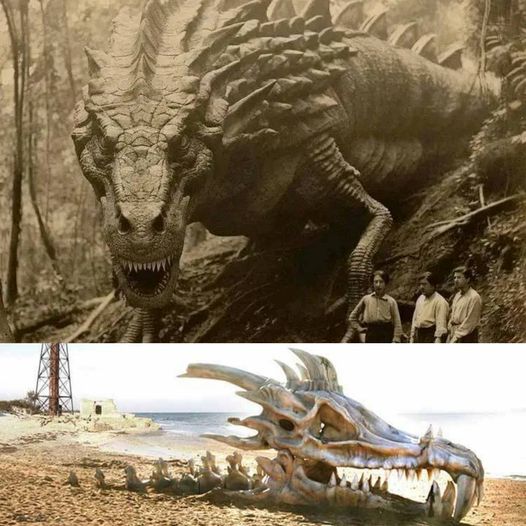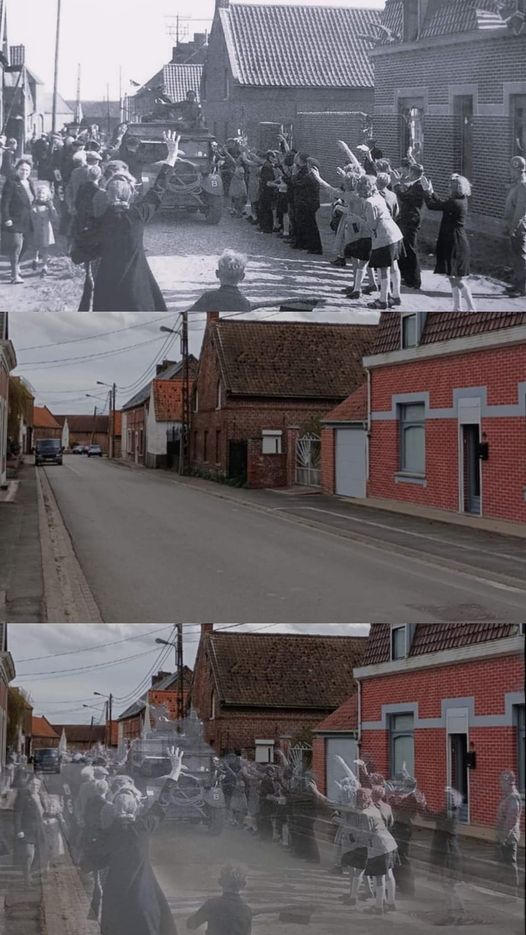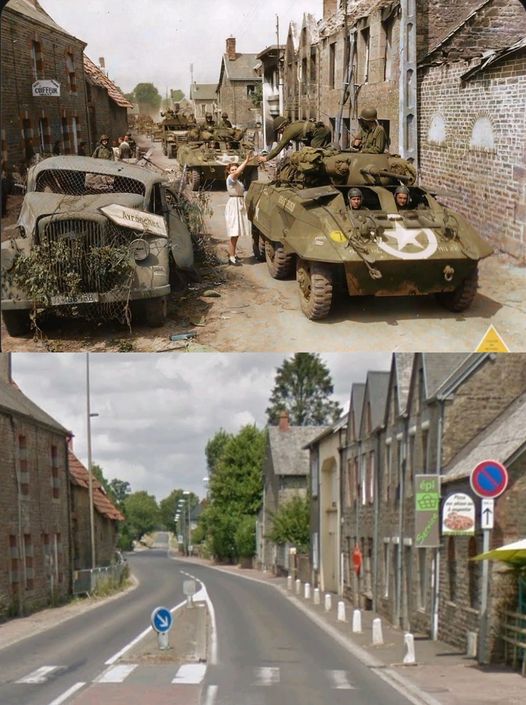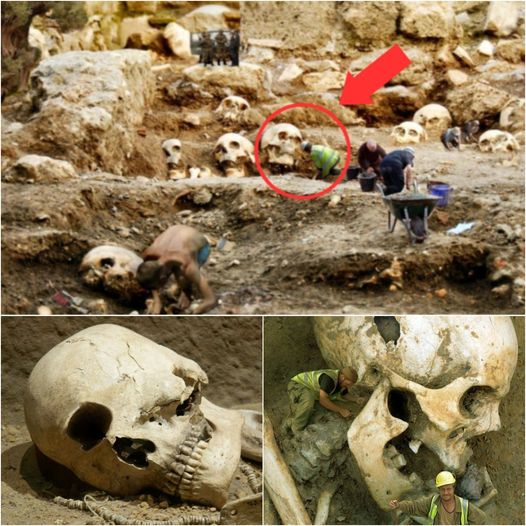The Enigmatic Legacy of Coca Castle: Echoes of History Amidst Spanish Ruins
Perched on a hillside in the Galician province of Pontevedra, Spain, lies the hauntingly beautiful ruins of Coca Castle. This fortress, a symbol of medieval strength and architectural finesse, stands as a testament to a bygone era. Its walls, echoing whispers of centuries past, tell stories of conquests, alliances, and the ebb and flow of power.

A Glimpse into History
Built in the 15th century, Coca Castle showcases a blend of Mudéjar and Gothic architectural styles. Its unique red-brick façade, a striking feature against the surrounding landscape, evokes a sense of grandeur and elegance. The fortress’s strategic location, atop a hill and surrounded by a moat, exemplifies the defensive prowess of its builders.

Commissioned by Alonso de Fonseca, the Archbishop of Seville, Coca Castle was designed by the renowned architect, Alonso de Covarrubias. However, it was ultimately gifted to the influential Mendoza family, who left an indelible mark on its history. The Mendozas, known for their patronage of the arts and military prowess, transformed Coca Castle into a center of cultural and political significance.

Architectural Marvels
The castle’s interior reveals intricate details carved into stone, showcasing Mudéjar craftsmanship at its finest. Elaborate ceilings adorned with geometric patterns and ornate carvings on wooden doors and windows reflect the artistic sophistication of the era. Visitors can get a glipse of the historical blending of Islamic and Christian motifs throughout the fortress.

The Castle of Coca is a castle located in the Coca city and a municipality, the autonomous community of Castile and Leon, central Spain. The castle was constructed in the 15th century and has been considered to be one of the best examples of Spanish Mudejar brickwork which incorporates Moorish Muslim design and construction with Gothic architecture.
Coca castle was owned by the well-known Spanish aristocratic family the House of Alba de Tormes (sometimes known as the House of Alba) until the mid-twentieth century.

The House of Alba de Tormes is a prominent Spanish noble family that descended from 12th-century nobility of post-conquest Toledo. The family’s claim to Alba de Tormes dates from 1429, when Gutierre Álvarez de Toledo became Lord of Alba de Tormes while serving as Bishop of Palencia.

They handed over the property to Ministry of Agriculture in 1954. It has been declared a Spanish National Monument and is under protection.
No major restorative work was done until 1954 when state-sponsored repairs and renovations were started. The Ministry in charge of the castle wanted to restore it so that they could open a school of forestry training. The repair and renovation work was conducted under the supervision of the Spanish avante garde architect Miguel de los Santos Nicolás. The team of architects, which included Francisco Pons Sorolla was given carte blanche by the General Directorate of Fine Arts. The renovations took four years and were completed in 1958. After the renovations the “Escuela de Capacitación Forestal” (Forestry school) was opened in 1958.

The castle is opened for the tourists.

Working hours











